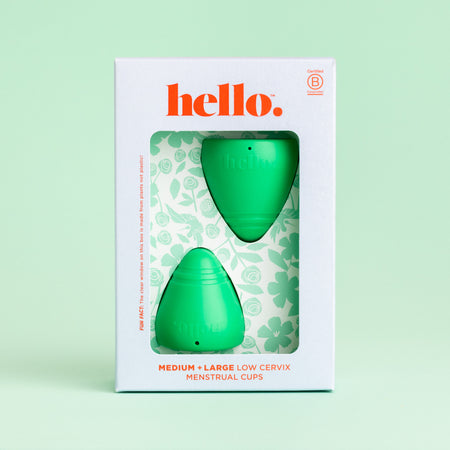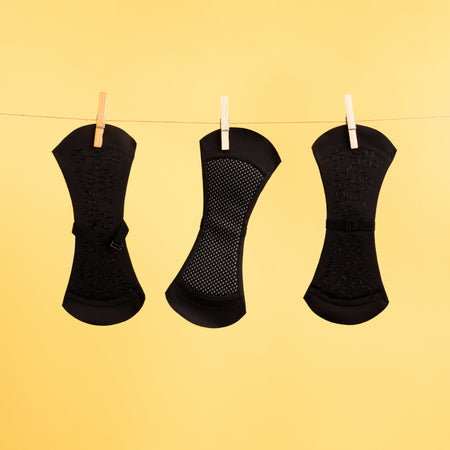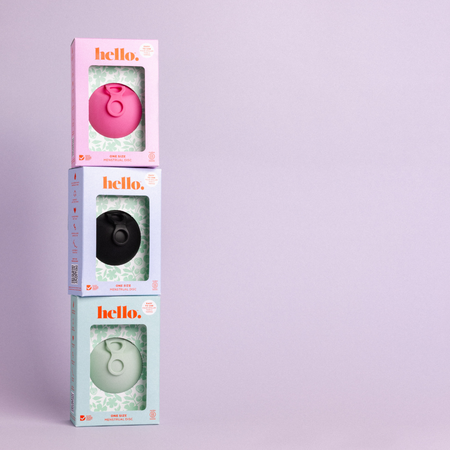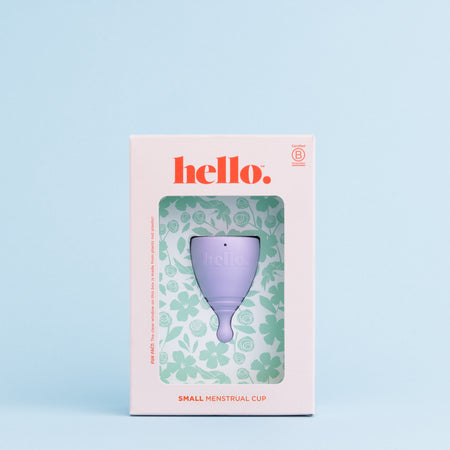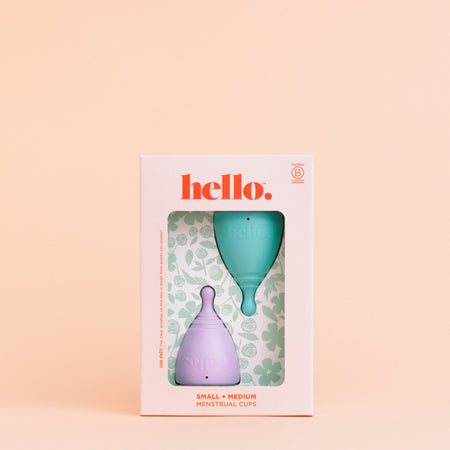Ovulation Is the Main Event of the Menstrual Cycle
Written by Lara Briden, naturopathic doctor and author.
Blog originally published via larabriden.com and repurposed for The Hello Cup.
A menstrual cycle is, by definition, an ovulatory cycle in which ovulation is the main event and progesterone is made.
Any other kind of bleed is either the breakthrough bleed of an anovulatory cycle or a pill-bleed, which are not real menstrual cycles.
An ovulatory menstrual cycle consists of a follicular phase and a luteal phase.
Follicular phase versus luteal phase
The follicular phase is the pre-ovulatory phase when estradiol is made. The luteal phase is the post-ovulatory phase when progesterone is made. It looks like this.

The follicular phase ranges from 7 to 21 days or 32 days for teenagers. It’s the variable part of the menstrual cycle. In contrast, the luteal phase is almost exactly fourteen days (ten to sixteen days) and does not vary.
If you add up the variable (follicular) phase to the fixed (luteal) phase, the duration of a healthy menstrual cycle is anywhere between 21 to 35 days or 45 days for teenagers.
Tip: To determine the length of your menstrual cycle, start counting from your first day of proper flow. That’s “day 1.” The days of light spotting that lead up to the proper flow are the final days of the luteal phase of the previous cycle.
If there’s no ovulation, then there’s no luteal phase or progesterone and that can result in a period that’s too heavy or goes on for too long. Why? Because progesterone is the “period-lightening” hormone.
A cycle with no progesterone is an anovulatory cycle
An anovulatory cycle does not have a luteal phase or progesterone. Instead, it has only a long follicular phase and estrogen and then eventually a breakthrough bleed. It looks like this.

Other names for anovulatory cycles include the following:
- hormone imbalance
- estrogen and progesterone imbalance
- dysfunctional uterine bleeding
- ovulatory dysfunction
- unopposed estrogen
- breakthrough bleeding
- estrogen dominance
Over time, anovulatory cycles can lead to endometrial thickening, endometrial hyperplasia, or uterine polyps.
What causes anovulatory cycles?
Possible causes of anovulatory cycles include:
- being a teenager
- PCOS
- high prolactin
- hypothalamic amenorrhea or undereating
- recovering from hormonal birth control
- perimenopause or second puberty
- progestin-only birth control including the implant and the hormonal IUD. Read The serious downside to contraceptives injections and implants.
How do you know if a cycle is an anovulatory cycle?
Signs of an anovulatory cycle...
Tip: You can confirm ovulation and progesterone with a blood test, but be sure during the two-week luteal phase. If you have a long follicular phase, you’ll have no progesterone for most of your cycle and that’s normal. Read The right way to test progesterone.
How to treat anovulatory cycles
If you’re not ovulating, the solution is to figure out “WHY not” and treat that.
- If the underlying problem is PCOS, identify your PCOS type and treat that.
- If the underlying problem is undereating, eat more food and carbohydrate for at least six months.
- If the underlying problem is high prolactin, treat that.
I discuss other treatments in Period Repair Manual.
Pill-bleeds are not periods
Finally, a bleed on the pill is a withdrawal bleed from contraceptive drugs. There’s no ovulation or even attempt at ovulation so there’s no estradiol or progesterone. It looks like this.

A pill-bleed is not a menstrual cycle.
If you do a blood test for estradiol and progesterone while on the pill, you will have almost none.
For more from Lara, head to www.larabriden.com or follow her on Instagram.






